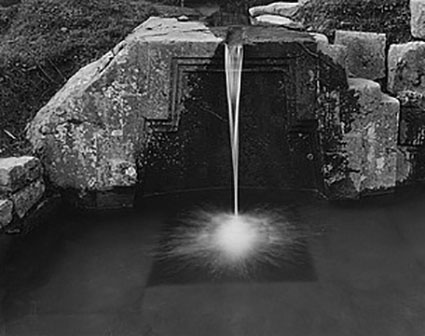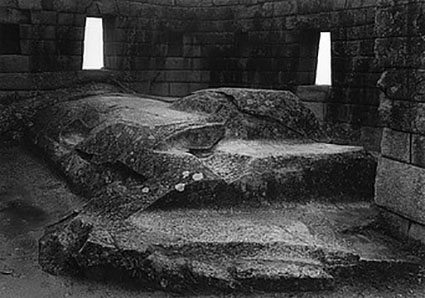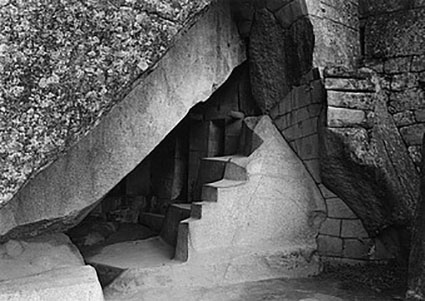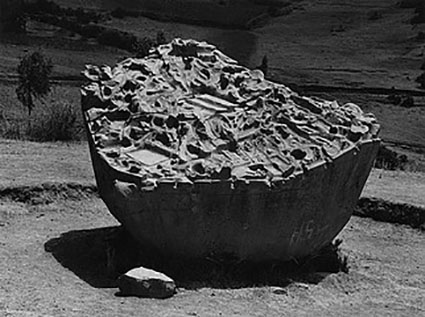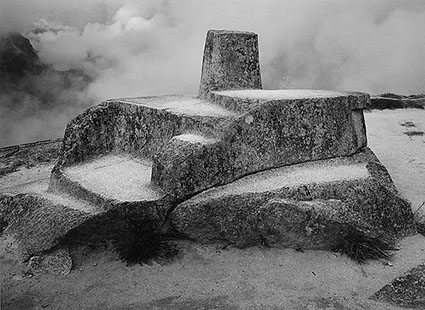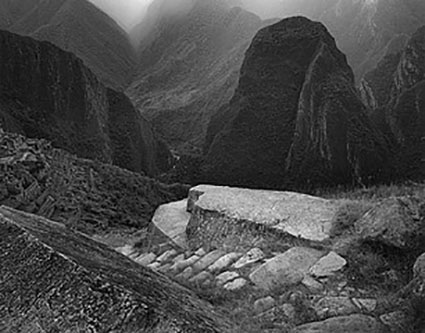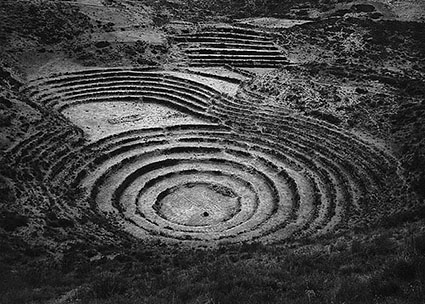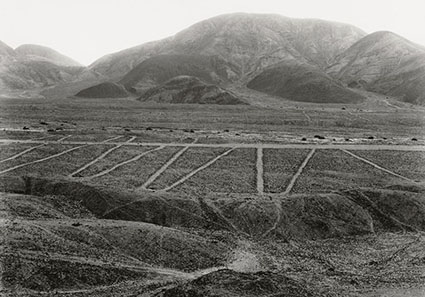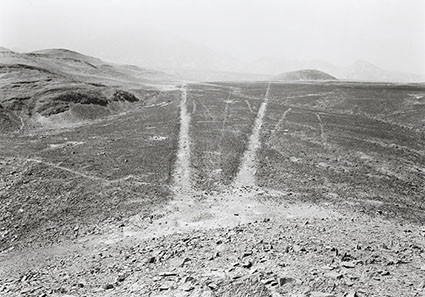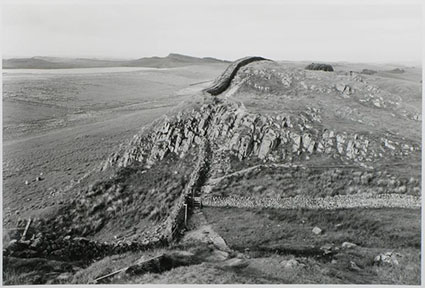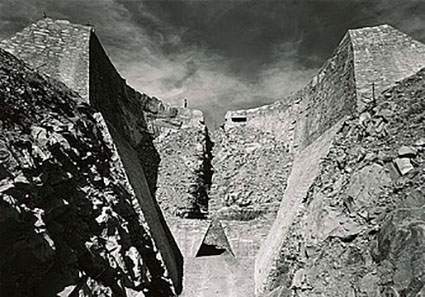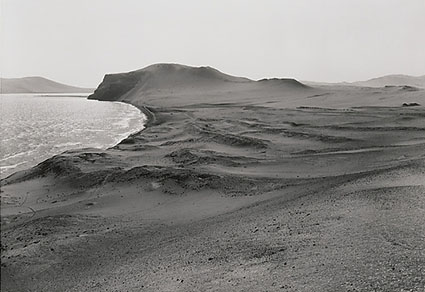Collectors Alert – Sign Up & Get A Free eBook
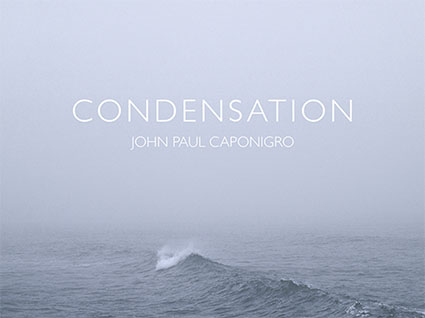
Members of my newsletter Collectors Alert get a free ebook.
The next issue goes out early morning Monday, July 9.
Sign up for Collectors Alert free.
Photoshop’s Quick Mask Combines All Selection And Brush Tools
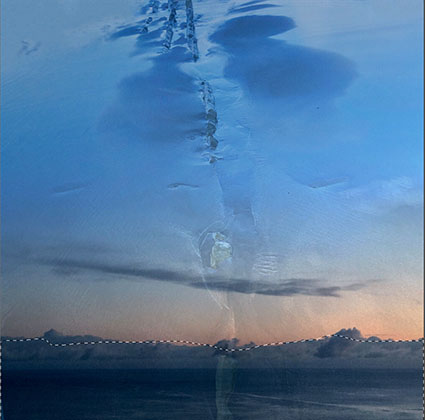
Edit In Standard Mode (Press Q) shows selected areas inside an active selection outline.
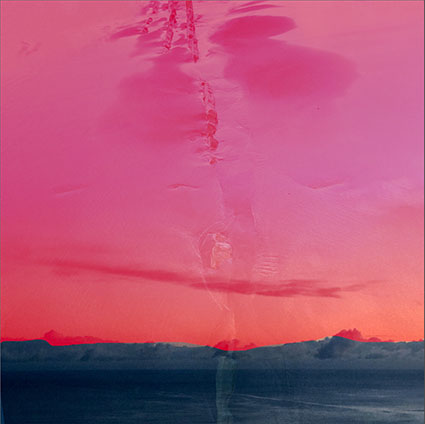
Edit In Quick Mask Mode (Press Q) shows masked areas with a red overlay.
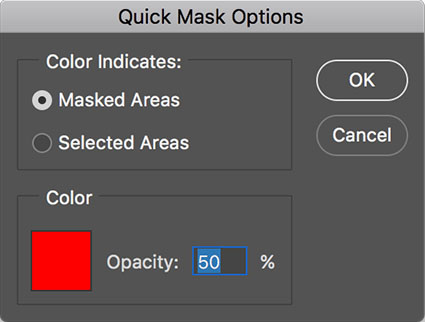
Quick Mask Options can be activated by double-clicking it.
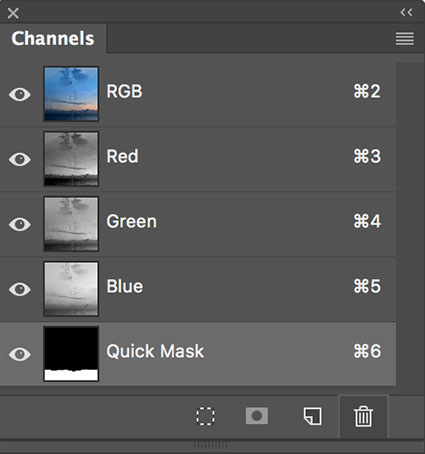
Quick Masks appear temporarily in the Channels palette.
Consider Photoshop’s Quick Mask feature as an easy-to-access nexus point that allows you to make and modify selections by efficiently moving between all selection and brush tools.
In addition to being fast and flexible, Quick Mask makes it easy to see both the image and the mask at the same time – and this view can make it easier for you to make more precise selections and masks. When you’re in mask mode, you’ll see the mask as a transparent red overlaying the image. You can change the color of the overlay and its opacity with the window activated by double-clicking on the Quick Mask icon. This is particularly useful when masking images with red colors.
When you use Quick Mask you can start with either a selection or a mask.
To start with a brush tool, click on the Quick Mask icon and you’ll see a temporary (Its title will be in italics.) alpha-channel appear in the Channels palette. Use a black brush and you’ll see the masked areas appear over the image in a transparent color. When you’re finished brushing, click once again on the Quick Mask icon and the mask will become a selection; the temporary alpha-channel will disappear, so if you want to save your work click the Save selection as channel icon or use the menu item Select > Save Selection; you can tell the resulting alpha-channel is permanent because its title is not italicized.
Or, you can start with a selection before clicking on the Quick Mask icon and using a brush to make modifications. When you’re done click on the icon again to return to selection mode and save the results.
You can move back and forth as many times as you like between selection tools and brush tools to create any result you desire. That’s the beauty of Quick Mask feature. When you hit the limits of one tool you can move to another.
Just remember, after you finish refining a selection, if you want to use it later, save it. And if you save many results along the way to a final solution, delete the ones you don’t plan on using again, so that you don’t get confused with too many choices.
Read more about Selections & Masks.
Learn more in my digital photography and digital printing workshops.
How To Be More Creative
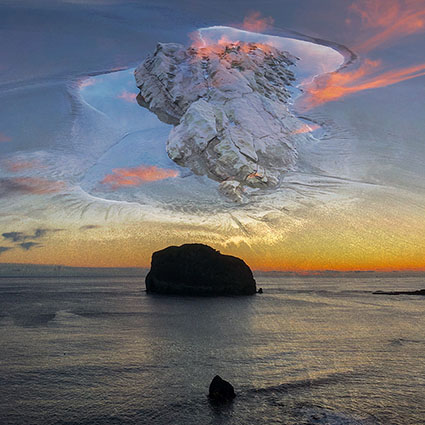
Want to be more creative? Whether you can’t seem to get going, find yourself stuck in a rut, or you want to break through to your next level, you’ll find these articles both inspiring and useful.
7 Simple Ways to Be More Creative in 2018
Why Exercise Makes You More Creative
Need a Creative Boost? Take a Look at Your Diet
Want to Be More Creative at Work? Take a Vacation
Why Meditating Might Make You a Better Artist
Some People Can See Sound, or Taste Color. Does It Make Them More Creative?
When Timothy Leary Got Artists to Take LSD
Fixed vs. Growth: The Two Basic Mindsets That Shape Our Lives
The Creative Learning Spiral Envisioned
How Creativity is Measured—And Why It’s So Difficult
Pour your favorite drink, relax, and enjoy.
Hungry for even more?
Explore my creativity resources here.
Sign up for my newsletter Insights for more great content.


